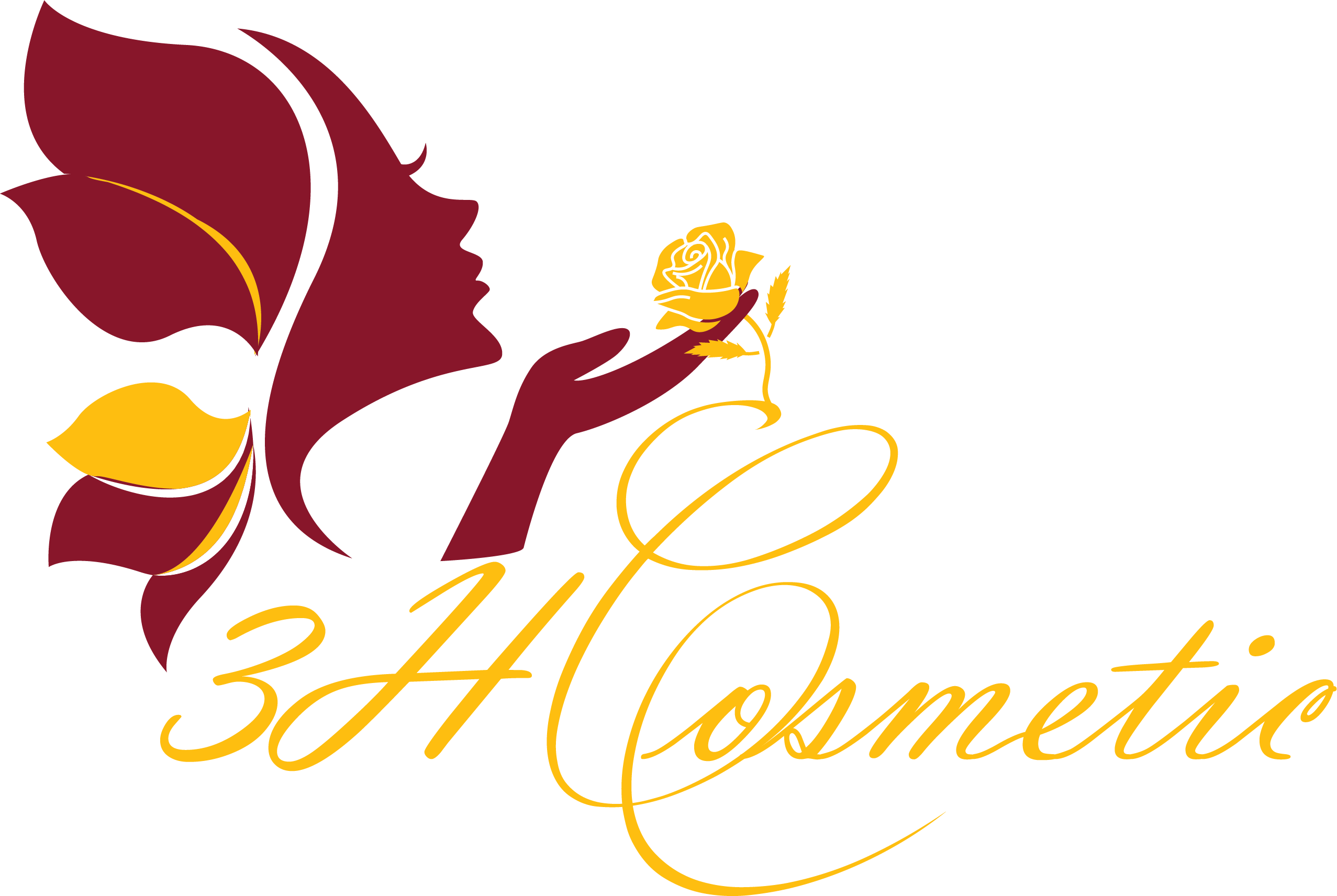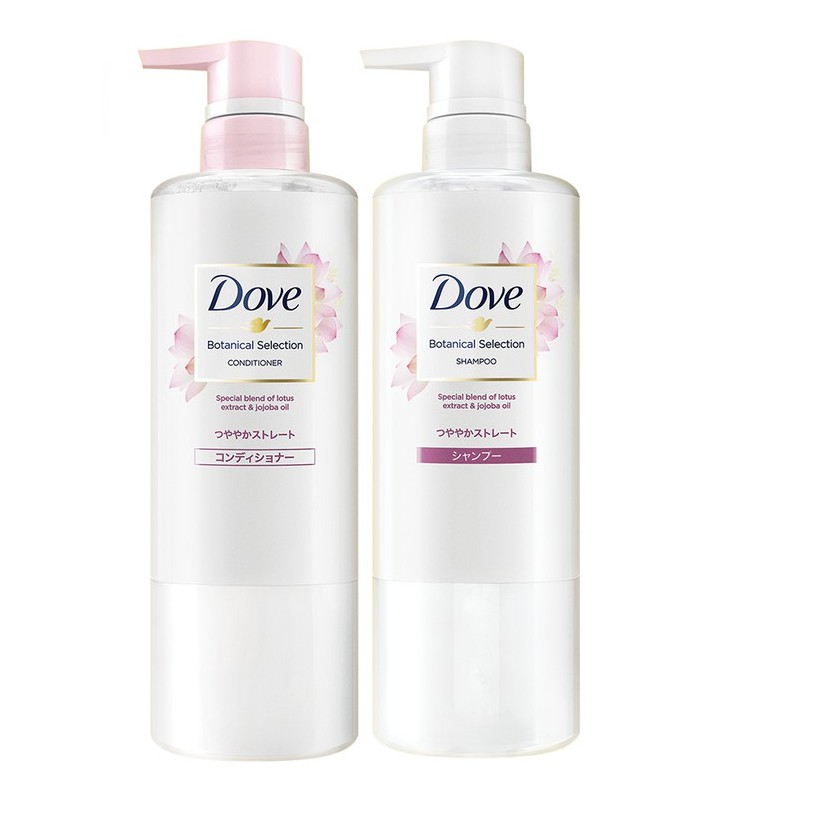I. GLOBAL SCALE AND GROWTH RATE
* According to a report by Allied Market Research (2024), the global shampoo market was valued at approximately $34.1 billion in 2023 and is projected to reach $58.3 billion by 2034, with a compound annual growth rate (CAGR) of 5.1% during the period 2024–2034
(https://byvn.net/FLPs)
* Factors driving the growth of the global shampoo and conditioner market
1. Increasing demand for personalized hair care
• In the fast-paced modern lifestyle, beauty technology has empowered women to transform their hair quickly and easily, opening up a world of diverse styles. However, this rapid transformation, coupled with the harsh impacts of environmental pollution (water sources, air, and living environment), has caused significant damage to hair and scalp.
• Issues such as hair breakage, hair loss, frizz, weak and sensitive scalp, and dandruff have become persistent concerns. As a result, today’s consumers are not only seeking basic cleansing products but also craving specialized solutions tailored to specific issues like dandruff, itchiness, hair loss, oily hair, or damage from chemicals. This diversification of needs has driven manufacturers to focus on researching and developing specialized shampoo and conditioner lines that cater to specific hair types and treatment goals, significantly expanding the scale and diversity of the hair care market.
2. Trend toward natural, organic, and chemical-free products
• The strong rise of a healthy lifestyle and sustainable mindset is creating a positive wave, spreading widely across all aspects of society. This has given rise to a new generation of consumers, particularly young people and urban women, with a deep awareness of conscious consumption. They increasingly prioritize products with transparent ingredients, firmly rejecting sulfates, parabens, silicones, and other potentially harmful chemicals.
• Moreover, their concerns extend beyond personal benefits to ethical and environmental responsibilities. Products that are cruelty-free, aim for “Carbon Zero,” are organic-certified, or vegan are strongly embraced and supported. This revolutionary shift in awareness has driven the emergence and rapid growth of pioneering “green” brands like Davines, Aveda, and Yves Rocher, alongside the positive transformation of major brands launching organic and vegan product lines to meet the growing market demand.
3. Rising living standards and disposable income in developing markets
• In regions such as Southeast Asia, India, Latin America, and Africa, the middle class is growing rapidly in both size and purchasing power. As incomes rise, consumers are willing to spend more on high-quality personal care products, particularly in the beauty industry. This creates favorable conditions for the expansion of the hair care market in these regions.
4. Rapid growth of professional salons and hair care spas
• The booming development of beauty technology is driving remarkable growth in the professional hair care market. The number of hair salons, particularly high-end ones, is steadily increasing in major cities and tier-two cities across Asia, Africa, and Latin America. Alongside the popularity of chemical styling services such as dyeing, perming, and straightening, the demand for specialized shampoos and conditioners in salon settings is also growing strongly. As mentioned, women’s continuous pursuit of new looks through salon treatments has caused significant hair damage, creating considerable pressure on hairstylists during the treatment process. Consequently, products that integrate protective and damage-reducing therapies are highly prioritized and welcomed. Current standout concepts in the salon segment focus on protecting dyed hair and shielding hair from heat and chemical damage.
• Another significant trend attracting a large customer base is the emergence of “hair therapy spas.” Unlike traditional hair salons, these hair therapy spas, while still specializing in hair and scalp care, focus deeply on solutions for repairing damaged hair, balancing weak and sensitive scalps, and emphasizing relaxing treatment therapies, offering a comprehensive and balanced hair care process.
• Additionally, many salons and hair therapy spas are actively developing on-site retail services, enabling customers to continue specialized hair care regimens at home. This not only boosts revenue but also strengthens brand recognition and fosters customer loyalty to the products.
II. MARKET SEGMENTATION: CONSUMER AND PROFESSIONAL SALON
The modern shampoo and conditioner market has evolved beyond the concept of merely “cleaning hair.” Today’s consumers care about safe, gentle products with natural origins that suit specific hair conditions. This has led to a clear distinction between two main segments:
1. Consumer segment (Retail/Consumer Use)
• Market share: Accounts for approximately 70–75% of the global market.
• Distribution channels: Widely available in supermarkets, pharmacies, convenience stores, traditional markets, and e-commerce platforms.
• Notable trends: Consumers prefer natural shampoos free of sulfates, parabens, or silicones.
Some notable brands:
• Sunsilk Natural (Unilever): Extracts of shea butter, green tea, jasmine – nourishes hair for smoothness and easy detangling.
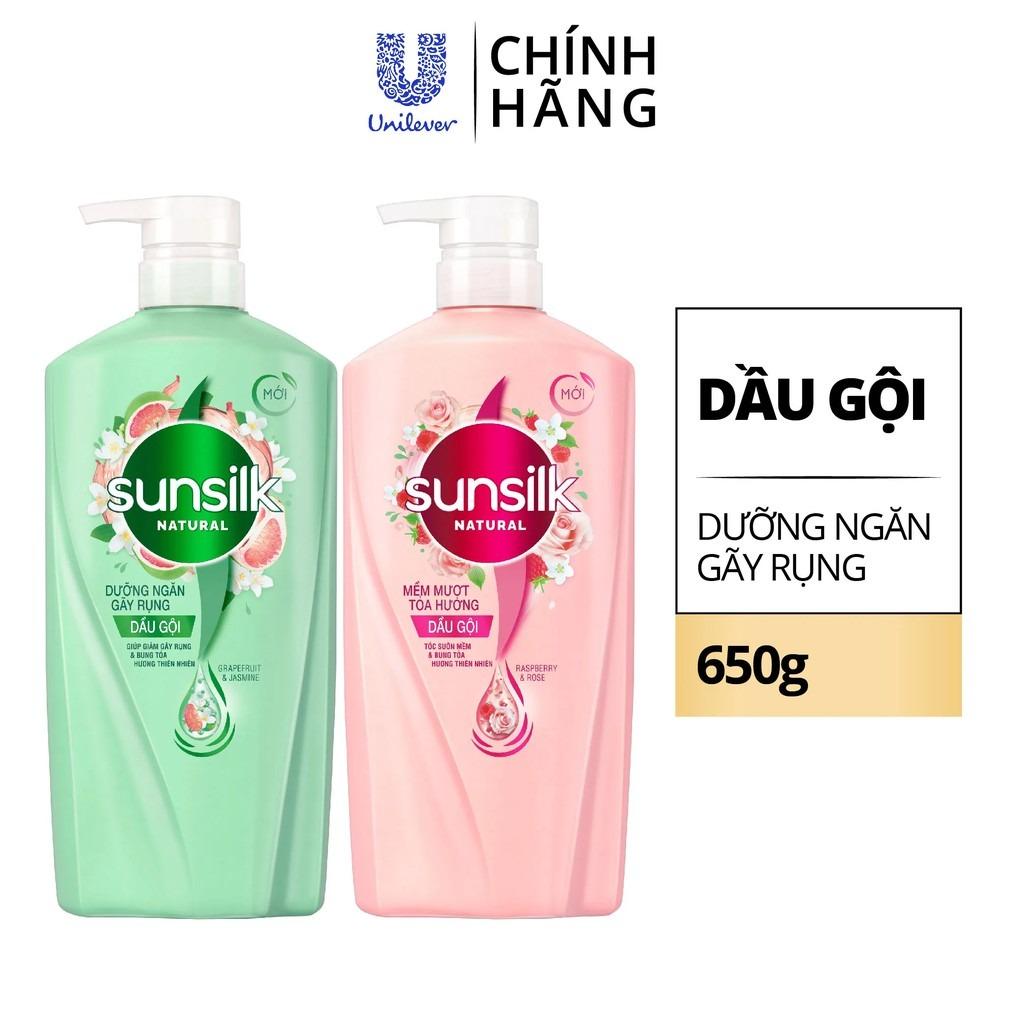
• Dove Botanical: Sulfate-free formula – repairs damaged hair with plant-based oils.
• Love Beauty and Planet: Vegan, eco-friendly – pleasant fragrance, recyclable packaging.

• Herbal Essences bio:renew: Uses antioxidant technology – gently cleanses hair with natural extracts.

• Pantene: Repairs damaged hair, Pro-V technology, affordable price.

• Head & Shoulders: Powerful anti-dandruff, distinctive fragrance, widely available.

2. Professional segment (Salon Professional Products)
• Market share: Approximately 25–30% of the global market.
• Characteristics: Products with specialized formulas for specific hair types and treatment purposes (repair, hydration, anti-hair loss, color protection…). Often used directly in salons or sold for at-home use.
• Price: Higher than the consumer segment, accompanied by technical guidance and in-depth care processes.
Notable brands and characteristics:
• L’Oréal Professionnel: Diverse lines for various needs – renowned for damaged hair repair technology.
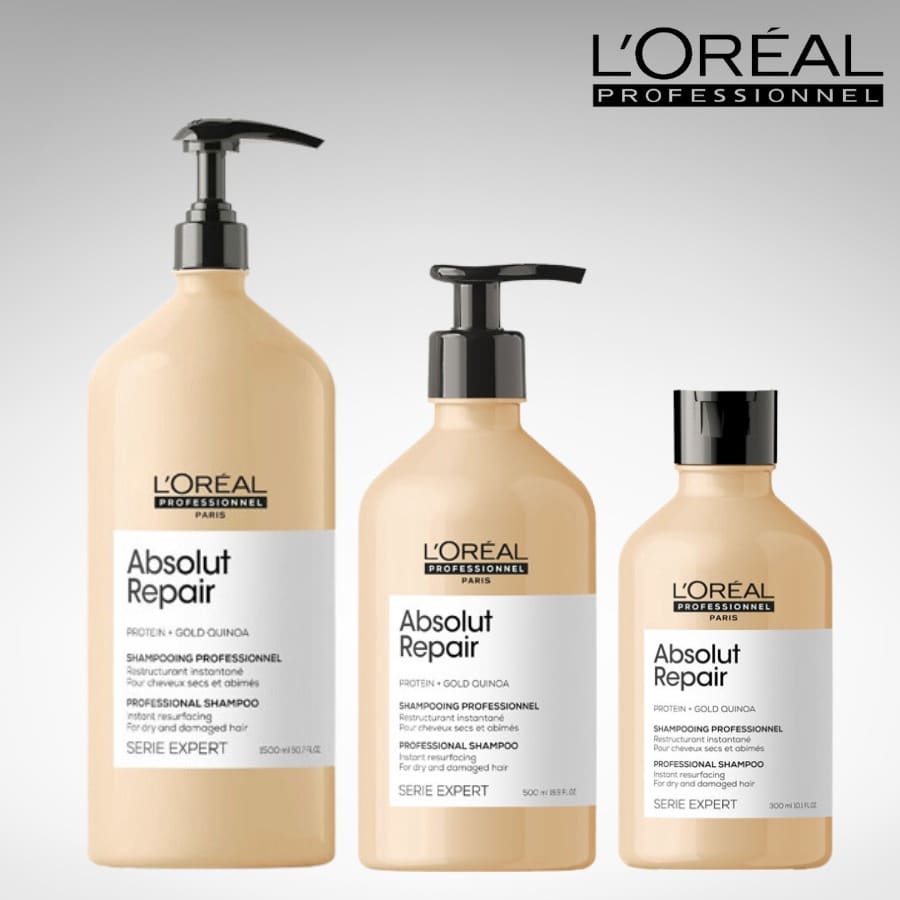
• Olaplex: Focuses on “bond-building” technology – repairs hair bonds, prevents breakage after dyeing or perming.

• Davines (Italy): Organic ingredients – eco-friendly, minimalist design, premium fragrance.
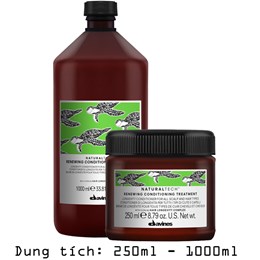
• Moroccanoil: Signature argan oil – enhances shine and provides deep hydration for dry hair.
• Schwarzkopf Professional: Strong in chemical-treated hair repair and color-protecting shampoos.

• Kevin Murphy (Australia): 100% sulfate/paraben-free – gentle formula, friendly for thin/weak hair.
• Milbon (Japan): Renowned in high-end Asian salons – technology for moisture balance and cuticle repair.
III. CHARACTERISTICS OF THE PROFESSIONAL SALON PRODUCT MARKET
Specialization and treatment focus
Unlike mass-market consumer products, professional salon products are developed with a clear treatment focus and specialized formulas to address hair issues in-depth, effectively, and quickly. These products are not only technical tools in the hairstyling process but also an integral part of personalized care services tailored to individual customers.
Some notable product categories based on treatment needs:
• Shampoo for damaged hair repair:
Rich in keratin, plant-based proteins, or hydrolyzed collagen – helps restore the structure of hair damaged by perming, straightening, or dyeing.
• Shampoo for colored hair:
Contains antioxidants and UV protection – helps preserve color longevity and maintains healthy shine.
• Shampoo for oily hair or dandruff:
Contains deep-cleansing agents like peppermint, tea tree, or zinc pyrithione – controls oil production and reduces scalp flaking.
• Anti-hair loss shampoo:
Often includes caffeine, biotin, or ginger extract – stimulates scalp blood circulation and nourishes hair follicles for stronger hair.
• Deep conditioning conditioner:
Thick texture, provides instant hydration for dry, frizzy hair – restores natural softness and elasticity.
• Color-protecting conditioner:
Creates a protective film around the hair shaft – prevents early color fading, maintains vibrant and shiny color.
• Heat-protecting conditioner:
Often incorporates light silicones or heat-protective technology – used before blow-drying, straightening, or curling to minimize damage.
IV. KEY CHALLENGES
• High cost compared to mass-market consumer products.
• Proliferation of counterfeit and low-quality products, especially on e-commerce platforms.
• High competition among professional brands, particularly in developing markets like Southeast Asia and India.
• Limited consumer awareness; requires time for education and guidance to ensure customer understanding and loyalty.
